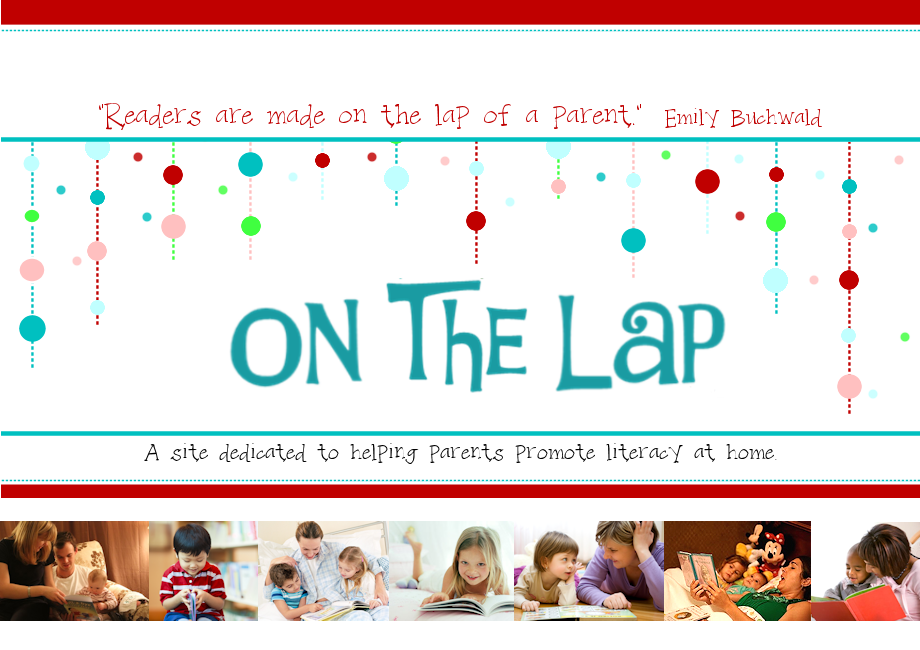Think of re-reading as a "deepening" activity -- a time to take comprehension to a new level. Most importantly, re-reading really needn't be an actual verbatim, rote repetition of those same old words. Give yourself permission to make it more of a time for summaries and conversation instead. (There is definite power in re-reading, don't get me wrong. But there are countless concepts we can introduce if we choose!)
With Older Kids:
- Talk about the emotions characters feel, the setting, the relationship between characters, cause/effect, problem/resolution, order of events, and even traits the characters possess.
- Have older kids pick out or find a familiar letter ("Your name starts with A. Can you find an A on this page?")
- On each verbatim re-reading, choose a single sound from a single letter (i.e. just the hard "k" sound from the letter c) to introduce. Whenever you come across that letter at the beginning of a word, take a moment to emphasize the sound, point to the letter, and name the letter. Don't take more than a moment each time, or the child will lose interest. The idea here is repeated teaching of a basic principal rather than deep comprehension of an analytical idea.
- Intersperse actually reading various pages with asking the child for a summary on other pages. ("What's happening on this page?")
- Ask the child what is going to happen next before turning the page.
With Younger Kids:
- Don't be afraid to use a brief summary to help them think through the plot in another way. It works well for older kids, as modeling this strategy is very fitting and preparatory for the school days ahead when teachers will be asking them to complete the summary independently. But it also works well for younger kids, as they can grasp the plot a little better hearing it in a simpler, more casual format.
- I like to focus on details in the illustrations -- things that can enhance and reinforce previously introduced concepts. Start a conversation about shapes, colors, setting, or familiar objects. Try including a good dose of "Oh, look at that! What animal is it? What does it say?" or "See that? It's called a tricycle. Cousin Anna loves her tricycle.")
- If you're trying to read a longer book, try staring in the middle for a change. Often, children's attention wanes throughout the story and it may be that they are often missing things this far into the text, or you're not getting that far into the book, period. If nothing else, it may save your sanity.
- When reading rhythmic books like Chicka Chicka Boom Boom or And Here's To You! (two of my favorites) have your child chime in when you're to the part that is continually repeated.
If you've got any other ideas to share, I'd really love to hear them!

2 comments:
Awesome suggestion about starting in the middle of the book! I'll have to try that one.
You have some awesome points, we too re-read books often, so this could be fun!
Post a Comment